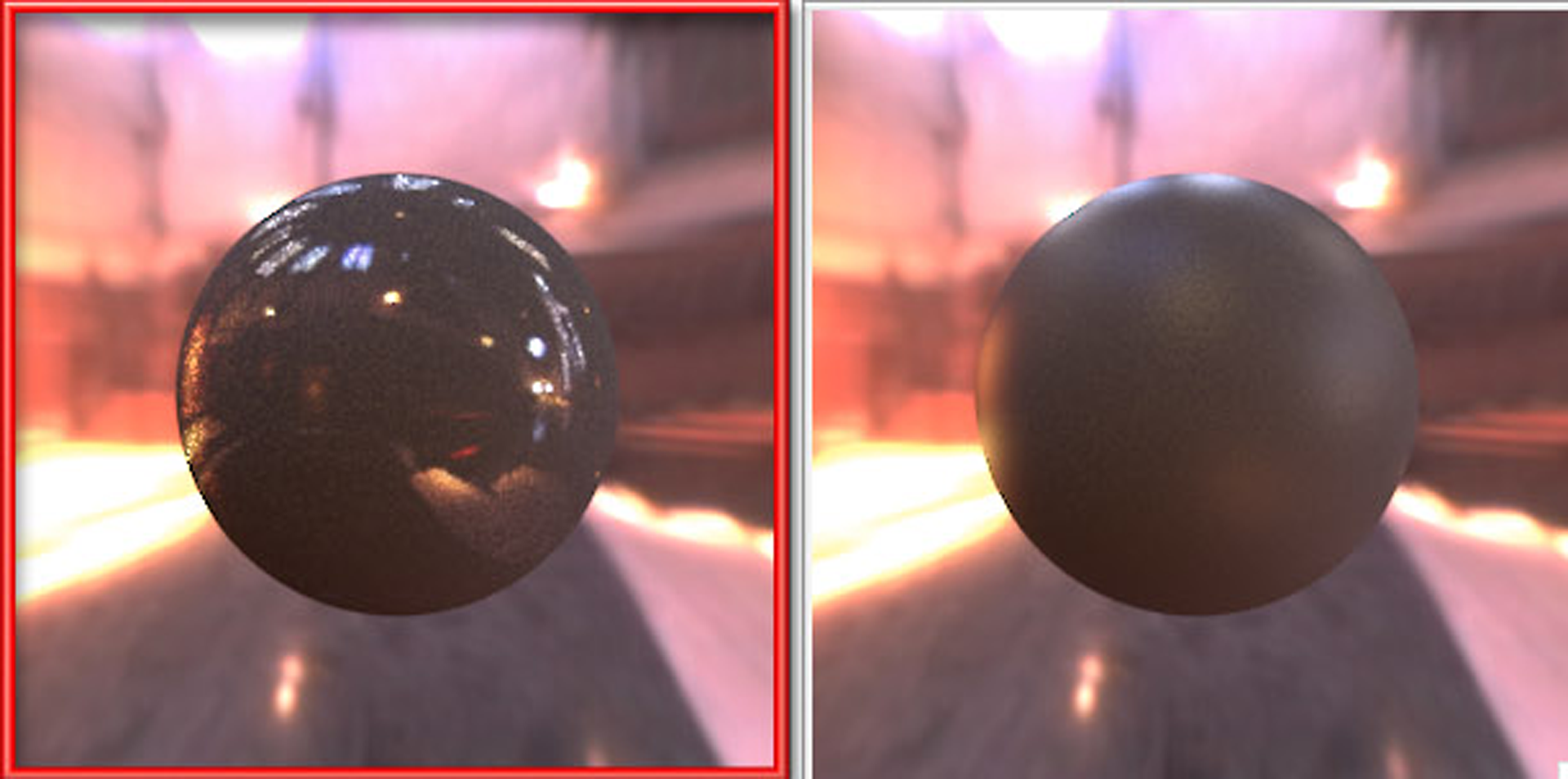“Preference galleries for material design” by Brochu, Ghosh and De Freitas
Conference:
Type(s):
Title:
- Preference galleries for material design
Presenter(s)/Author(s):
Abstract:
Properly modeling the appearance of a material is very important for realistic image synthesis. The appearance of a material is formalized by the notion of the Bidirectional Reflectance Distribution Function (BRDF). In computer graphics, BRDFs are most often specified using various analytical models. Analytical models that are of interest to realistic image synthesis are the ones that observe the physical laws of reciprocity and energy conservation while typically also exhibiting shadowing, masking and Fresnel reflectance phenomenon. Realistic models are hence fairly complex with many parameters that need to be adjusted by the designer for the proper material appearance. Unfortunately these parameters can interact in non-intuitive ways, and small adjustments to certain settings may result in non-uniform changes in the appearance. This can make the material design process hard for an artist or a non-expert user. To alleviate this problem, Ngan et al. [2006] recently presented an interface for navigation in a perceptually uniform BRDF space based on a metric derived from user studies. However, this is still somewhat constraining as the user has to develop an understanding of the various aspects of material appearance such as varying degrees of diffuseness, glossiness, specularity, Fresnel effects and/or anisotropy in order to navigate such an interface. An artist or a user often knows the look that he or she desires for a particular application without necessarily being interested in understanding the various subtleties of reflection! This is what we seek to address in this work with a ‘preference gallery’ approach to material design.
References:
1. Chu, W., and Ghahramani, Z. 2005. Preference learning with Gaussian processes. In Proc. ICML*2005.
2. Ngan, A., Durand, F., and Matusik, W. 2006. Image driven navigation of analytical BRDF models. In Proceedings of the Eurographics Symposium on Rendering, 399–407.






